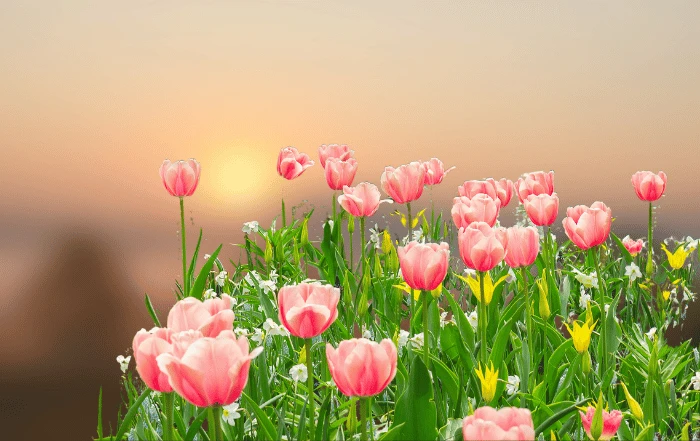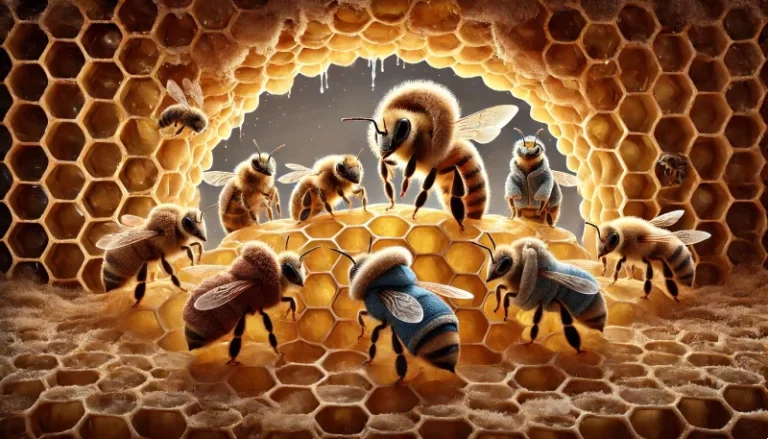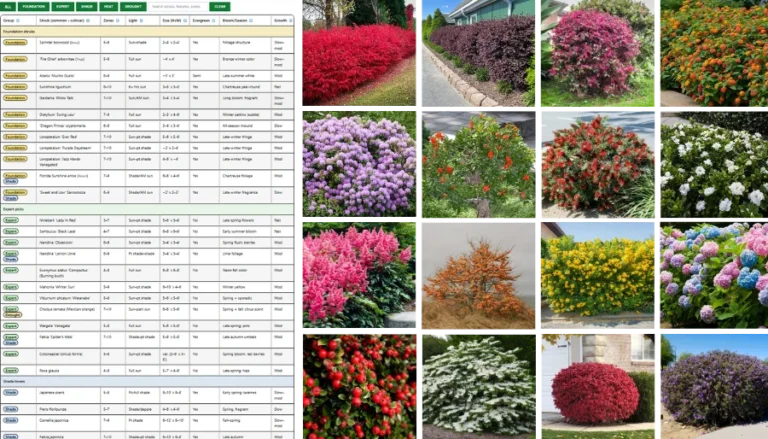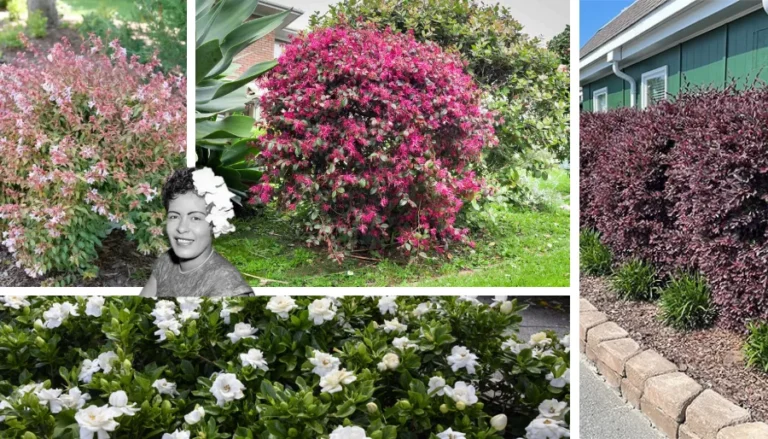Beautiful blooms first thing in early Spring doesn’t require advanced knowledge of the Dutch garden style. Anyone can do this!
To get your early blooming bulbs to come back year after year is possible, but you will need to do a few things in order for this to happen.
Here are the things you will need to do. A list of early blooming bulbs is provided below.
The first thing you will need to do is make sure the area you will be planting your bulbs has good soil drainage and will receive at least 4 hours of bright sunlight every day.
Since spring blooming bulbs bloom before most trees get their leaves, you can plant them in areas that will become shady after the bulbs have stopped blooming.
Spring bulbs should be planted in the fall, 6 to 8 weeks before the first freeze is expected.
Most bulbs can come back every year, but some, like tulips and hyacinths, are best replanted each fall.
These bulbs will come back, but the size and number of flowers will decrease each year and eventually stop producing flowers all together.
Getting decent flowers after the second year is rare. So it’s best to dig them up and replant new bulbs in the fall. Toss the old bulbs into your compost pile and let nature take its course.
There are several bulbs that can be naturalized where they will bloom and reproduce year after year.
These bulbs don’t like soggy soil, but they do need moisture during the entire time the foliage is green. After the foliage has died off, the bulbs will become dormant and prefer the soil to be dry.
To fertilize the bulbs use a granular fertilizer with higher phosphorus (bulbs love phosphorus) than nitrogen level and apply it to the top of the soil and allow it to be set in by a good rain, or you can do a little watering.
Be sure to do this every spring (once you see the new sprouts) and in the fall after the dead foliage has been removed.
Make sure to follow the instructions on your fertilizer to avoid applying too much.
Here's how to naturalize your bulbs...
Always leave the foliage intact (don’t braid, tie back or bend the foliage) until it becomes withered and yellow. I realize it’s unattractive to look at, but this is an important step to ensure that the bulb can absorb the energy in order to produce new flowers next season.
A good way to know it’s safe to remove the foliage is to gently pull on the leaves and if they come off easily, they are ready for the compost bin.
Some flowers will go to seed if left on the plant, doing this will allow the seeds to go to the ground and new seedlings to come up.
If you don’t like seeing the foliage as it dies off, consider placing some tall container plants around the area your bulb bed is to help hide it.
If you’re growing your bulbs in clusters, and you notice they’ve stopped blooming, don’t worry! The bulbs are most likely overcrowded. Just thin them out a bit and they’ll start growing.
You’ll run into this problem more frequently if you’re leaning into the Dutch or English garden style, particularly with tulips.
More To Discover
To do this, after the foliage has died off, dig up the clump and gently separate the bulbs and replant the extras in another location immediately.
Now that you have prepared your bulbs for next year’s blooming season, you can expect a beautiful display of spring color after a dreary winter.
8 EARLY BLOOMING SPRING BULBS

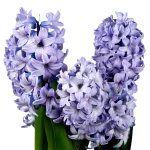
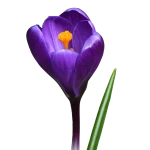
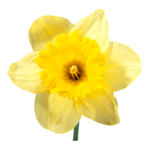
- Tulip
- Hyacinth
- Crocus – will naturalize
- Scilla– will naturalize
- Daffodil – will naturalize
- Cinonodoxa– will naturalize
- Snowdrops – will naturalize
- Alliums– some varieties will naturalize







